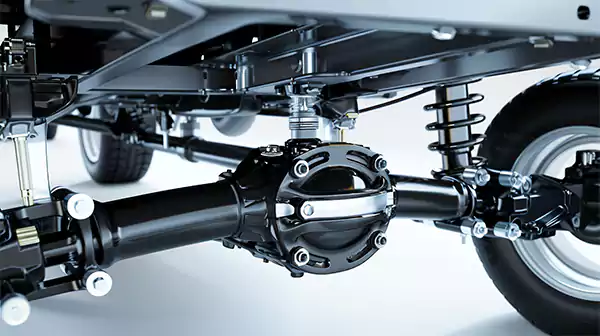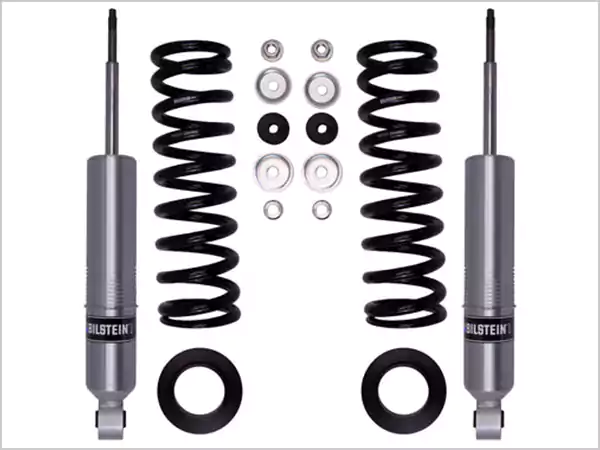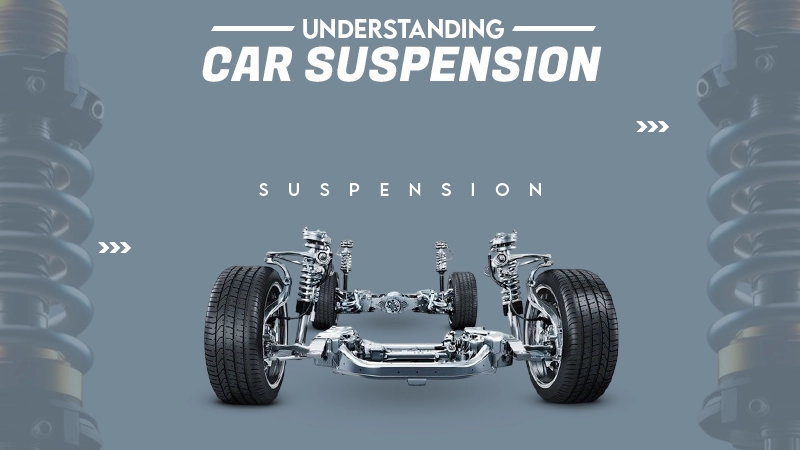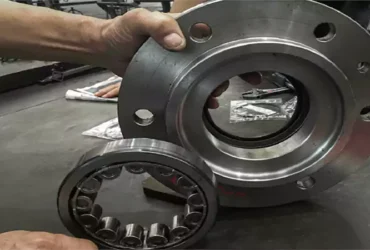While operating a vehicle, the comfort, control, and safety rely on a single system, the suspension. Without suspension, every bump in the road would vibrate the vehicle; the steering would feel abstract, and braking could be compromised. Car suspension is about sibilance, but even more importantly, it’s about keeping your wheels on the road while driving.
In this guide, I’ll explain everything you’ll ever need to know about car suspension. We’ll go over what suspension is exactly, the different types of suspension, the main parts of suspension, and common problems.
What is Car Suspension?

A car suspension refers to a system of springs, shock absorbers, struts, and linkages connecting the body of the car to the wheels. Its main purpose is to absorb shocks from the road while keeping the tires on the road.
Simply, suspension is what makes your ride smooth and safe. Without suspension, even slightly uneven roads would make driving uncomfortable and unsafe.
Key Functions of Car Suspension
An effective suspension system serves a number of key functions:
- Shock Absorption – Smoothing bumps, potholes, and other imperfections in the road.
- Stability – Balancing the vehicle under cornering or braking.
- Traction & Grip – Providing grip by keeping the tires in contact as best possible.
- Weight Distribution – Carries the weight of the vehicle and distributes it evenly, especially with passengers or cargo.
- Safety – Maintains steering control and reduces extreme body roll.
Put simply, the suspension is the unsung hero of the vehicle, providing both comfort and safety throughout every drive.
Major Car Suspension Parts & Components

The suspension system, which is part of the chassis or a vehicle’s underpart and framework, mounts the vehicle’s vehicle to the chassis. The suspension system consists of many components, including:
- Springs: There are a few types of springs that support the car’s weight and absorb energy from road impacts.
- Shock Absorbers: They are here to control spring movement and reduce bouncing. It helps the car in preventing floating after a bump.
- Struts: Struts are a combination of springs and shocks in one unit. They are used in front suspension systems.
- Control Arms: These are the links that connect the wheels to the car’s frame. They allow up and down movement while keeping the wheels aligned.
- Ball Joints and Bushings: They are flexible joints that allow suspension parts to move smoothly without any hitch. They are also used to reduce vibrations and noise.
These car suspension parts make the suspension system strong, flexible, and reliable.
Types of Car Suspension Systems
There are different car suspension types for different functionality. There are two main types of suspension systems you need to learn about.
- Dependent: This type of car suspension utilizes rigid axles that stretch across the width of the car frame to connect all four wheels. This is a type of suspension system that fares better on rough terrain. Mostly, it is used in heavy-load vehicles.
- Independent: In this type, each wheel has a suspension assembly that can move independently without affecting others. This is made for common passenger vehicles and offers a smoother ride.
Also Read: Top 10 Best Full-Size SUVs in 2025
Common Car Suspension Problems
Over time, the suspension system wears out and causes some problems. Here, we will discuss the common problems associated with a car’s suspension.
- Asymmetrical Tire Wear – Frequently a result of an out-of-alignment suspension.
- Noises (clunks and squeaks) – Indications of worn shocks and bushings.
- Handling/Steering Issues – A Sign of worn suspension parts.
- Car Sitting Lower on One Side – A broken spring is the cause.
- Bumpy Rides – Likely need for shock absorber replacement.
You may need to take your ride to a mechanic or dealer to mitigate these issues.
Also Read: How Many Volts is a Car Battery?
Car Suspension Repair & Maintenance
Car suspension system repair
You need to repair your suspension every 50,000 to 100,000 km (depending on usage). Go for a repair when you notice poor handling or unusual issues.
The Repair Cost of Suspension
- Usually, shock absorbers cost around $200 to $600 per pair.
- For a full suspension overhaul, you may have to shell out $1,000 to $5,000, depending on the car.
Some Maintenance Tips for Suspensions
- Rotate tires regularly.
- Get wheel alignment done every 10,000–15,000 km.
- Inspect shocks and struts for leaks.
- Avoid overloading the car.
Conclusion
What is the suspension system of a car? Car suspension might not be the first thing you consider when buying or maintaining a vehicle, but it is a critical component in the performance, comfort, and safety of the vehicle. From relatively simple spring setups to complex adaptive suspension systems, suspension connects the vehicle to the road while contributing to a smooth, controlled, and enjoyable ride.
If you want your ride to last and drive better, then pay attention to the suspension. A properly functioning suspension system provides a healthy ride and improved comfort.
FAQs
1. What does suspension do in a car?
Ans: Suspension keeps the car stable, absorbs shocks from the road, and ensures smooth handling and comfort.
2. What happens if a car suspension is bad?
Ans: A bad suspension causes poor handling, uneven tire wear, longer braking distances, and a rough, unsafe ride.
3. Is it worth replacing the car suspension?
Ans: Yes, replacing suspension is worth it because it restores safety, stability, and driving comfort.
4. What is the lifespan of a car suspension?
Ans: Most car suspensions last 50,000 to 100,000 miles, depending on driving conditions and maintenance.












Leave a Reply